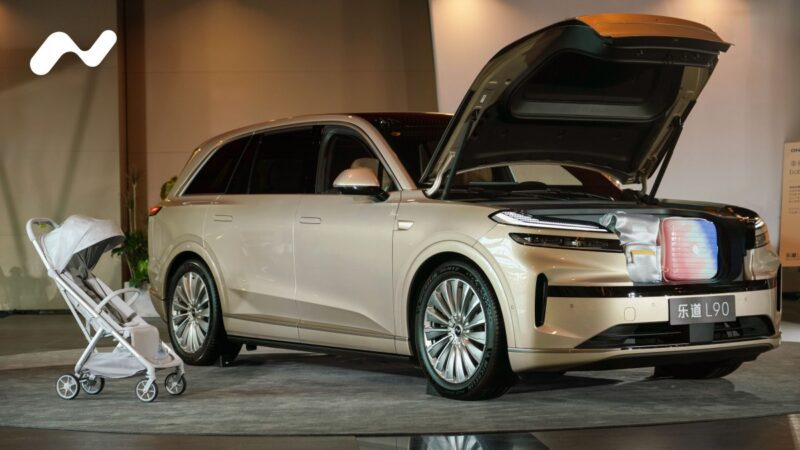Back in September 2024, Nio, a leading Chinese EV brand, launched its own “Tesla Model Y killer” under the company’s sub-brand, Onvo, with the model it called the L60.
Now, the company has begun pre-sales of its second model, the larger L90 7-seater, featuring its famous battery swapping tech, which is targeted towards family car buyers.
The L90 will start at the equivalent pre-sale price of under $A59,300 for the 85 kWh standard single motor rear-wheel-drive version, while the all-wheel-drive variant, which shares the same battery pack, is yet to have its pricing revealed.
For comparison, the smaller Tesla Model Y, which has been refreshed earlier this year, starts at just under $A56,000 in China, not too far from the pre-sale pricing of the Onvo L90.
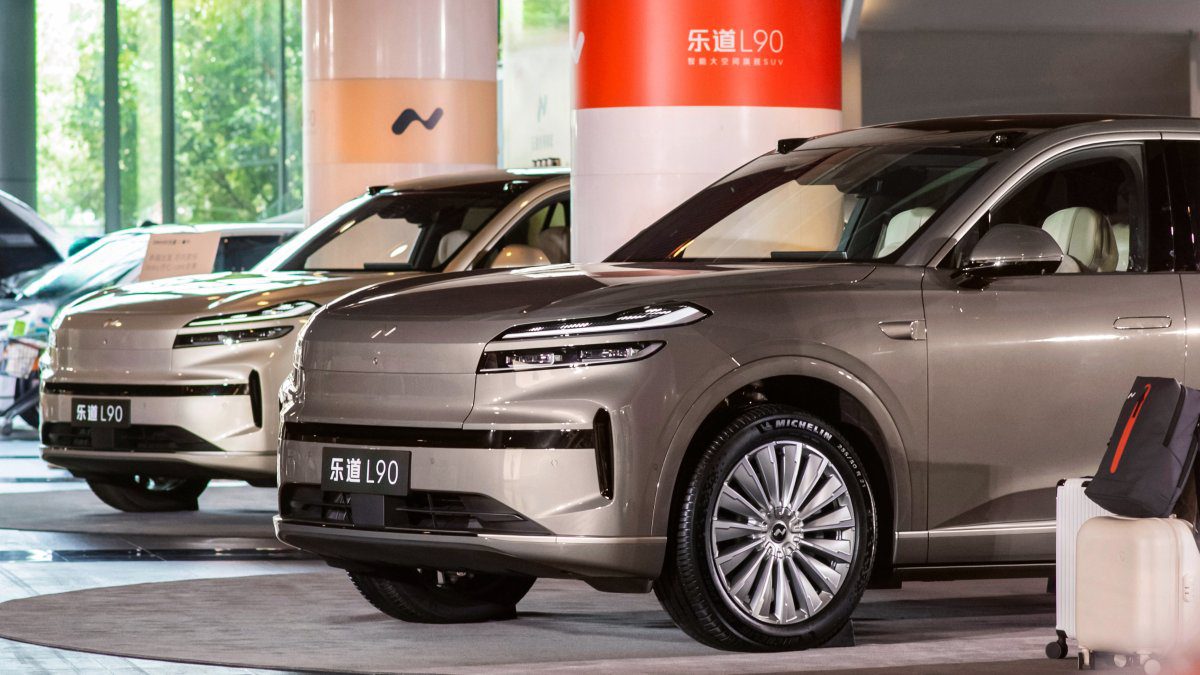
With the L90, there is also another ownership model which relies on Nio’s battery swap technology, where the customer can purchase the car for just over $A41,000 and rent the battery pack for an ongoing monthly fee.
The battery swap technology the company has developed has been proven for years, with the latest reports showing over 70 million battery swaps done by Nio customers so far in China.
There are also now 3,400 battery swap stations which the company operates in the country, out of which 1,000 stations are located along highways.
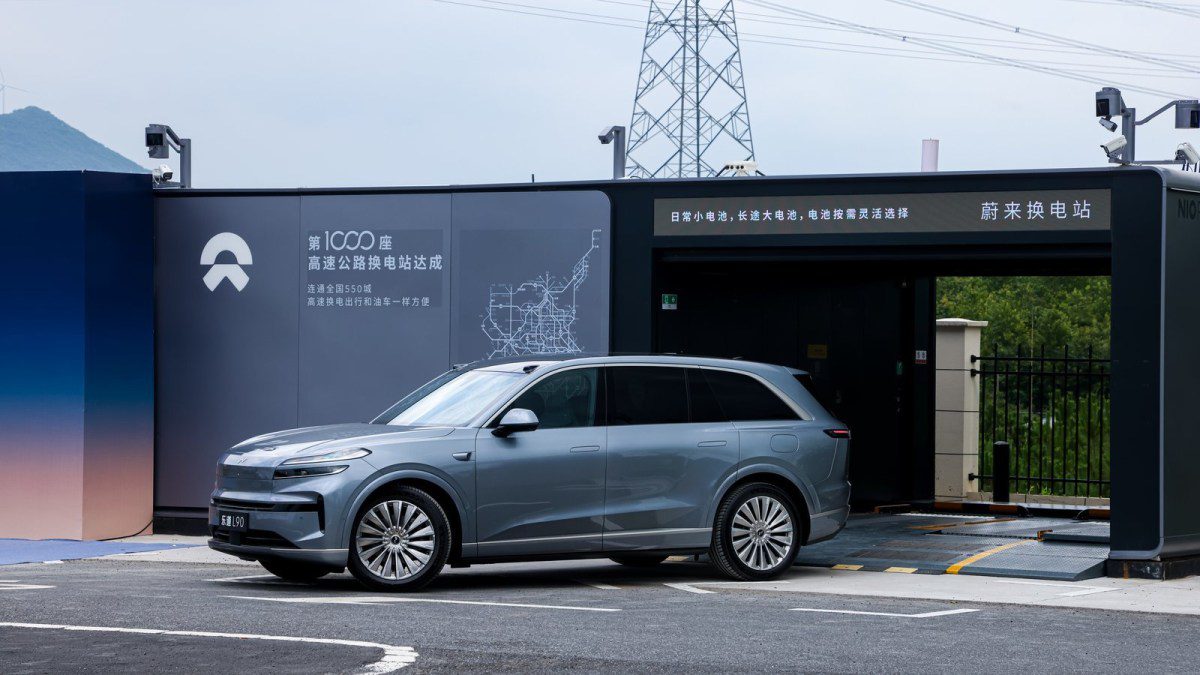
Getting back to the battery in the L90, Nio has said that this 85 kWh battery pack has an energy density of 193.2 Wh/kg and operates on a 900 V architecture.
This pack has a CLTC range of 570 km, which is likely to be 450 km on the WLTP test cycle and is more common in Australia.
Moving onto the powertrains, there is a single motor variant which delivers up to 340 kW of power and can help the car sprint from 0-100 km/h in 5.9 seconds.
The dual-motor brings the power output up to 440 kW, bringing the 0-100 km/h time down to 4.7 seconds.
Looking at the dimensions of the car, it’s slightly longer than Onvo’s first model, the L60, coming in at 5.15 m compared to the L60’s 4.83 m length.
The L90 is also lighter than many large 7-seater SUVs, coming in at 2,250 kg. For comparison, the Volvo EX90 is almost 2,800 kg, but that car does have a larger 111 kWh battery pack.
Inside the L90, it’s clear that, like the L60, the overall design has been inspired by other minimalist car interiors. This is seen with a large centre screen, wireless charging pads, a rear passenger screen and ambient lighting.
One thing quite unique in the L90 that isn’t commonly seen in Australia just yet is the fold-down screen for the second row. Currently, only premium luxury models like the Zeekr 009 have this on offer for our local market.
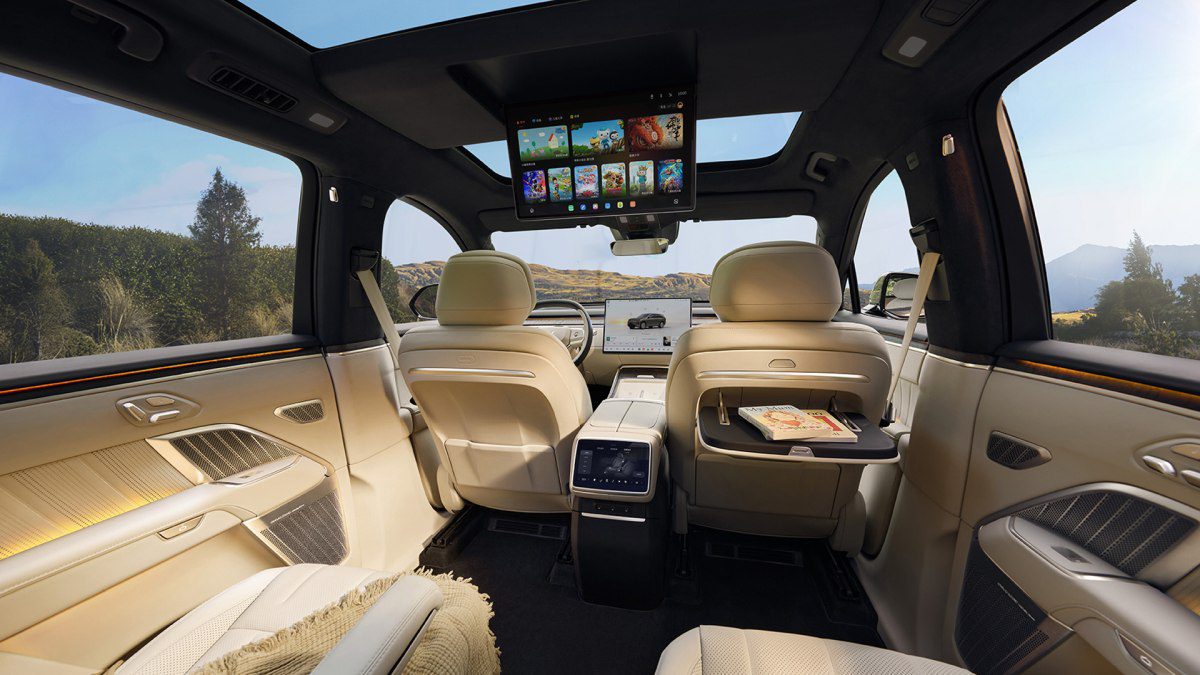
There are fold-down trays attached to the back of the front seats, making it quite a practical option for those who want to rest items such as a laptop, a book or two on them.
Another unique feature on the L90 is its frunk, which is massive and can be used to sit in, given its low-to-the-floor opening. We are yet to see that on too many cars locally, but it’s quite a practical feature which Nio suggests could be used by families to enjoy the outdoors.
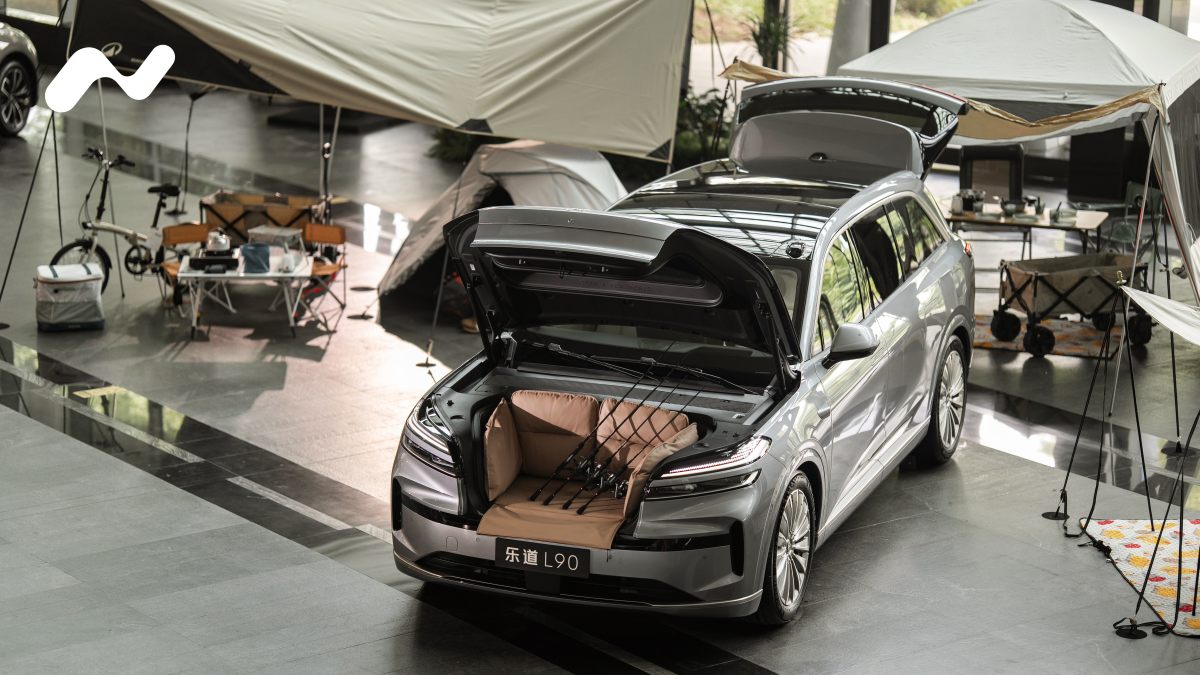
Initial deliveries of the new Onvo L90 will begin in the next three weeks, starting on 1 August.
Locally, Nio has been spotted testing its Firefly model and is likely to expand its offerings into the future if the launch of that initial model is confirmed in the coming months.
As mentioned before, this is the second car under the company’s Onvo sub-brand. It is quite important for the L90 to land thousands of customers in the coming months, as it is once again another key model for Nio’s long-term success in China, as well as key international markets in the years to come.

Riz is the founder of carloop based in Melbourne, specialising in Australian EV data, insight reports and trends. He is a mechanical engineer who spent the first 7 years of his career building transport infrastructure before starting carloop. He has a passion for cars, particularly EVs and wants to help reduce transport emissions in Australia. He currently drives a red Tesla Model 3.

